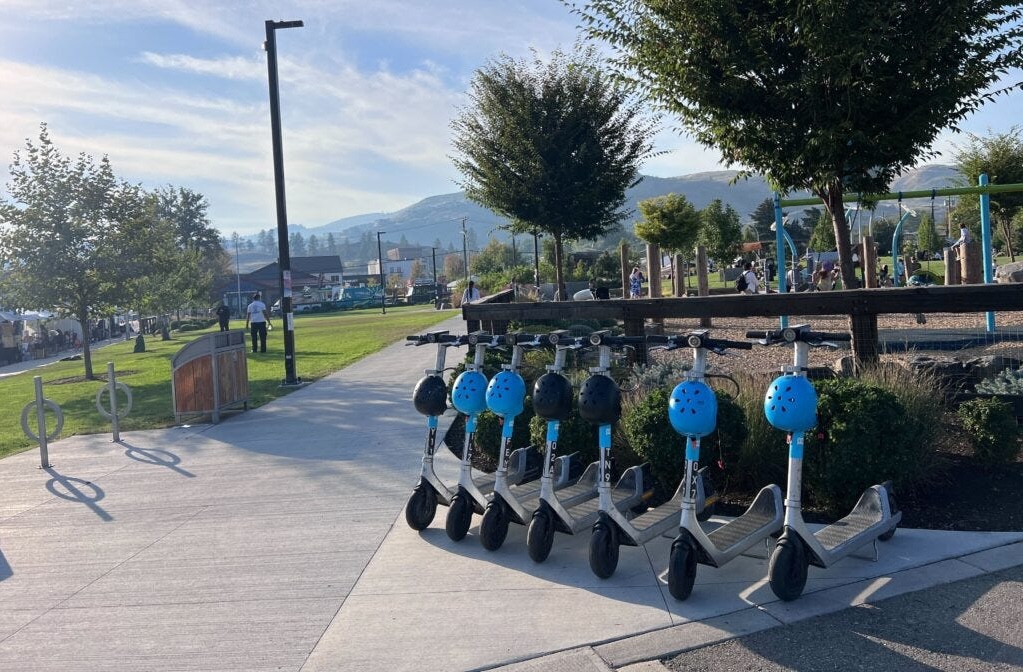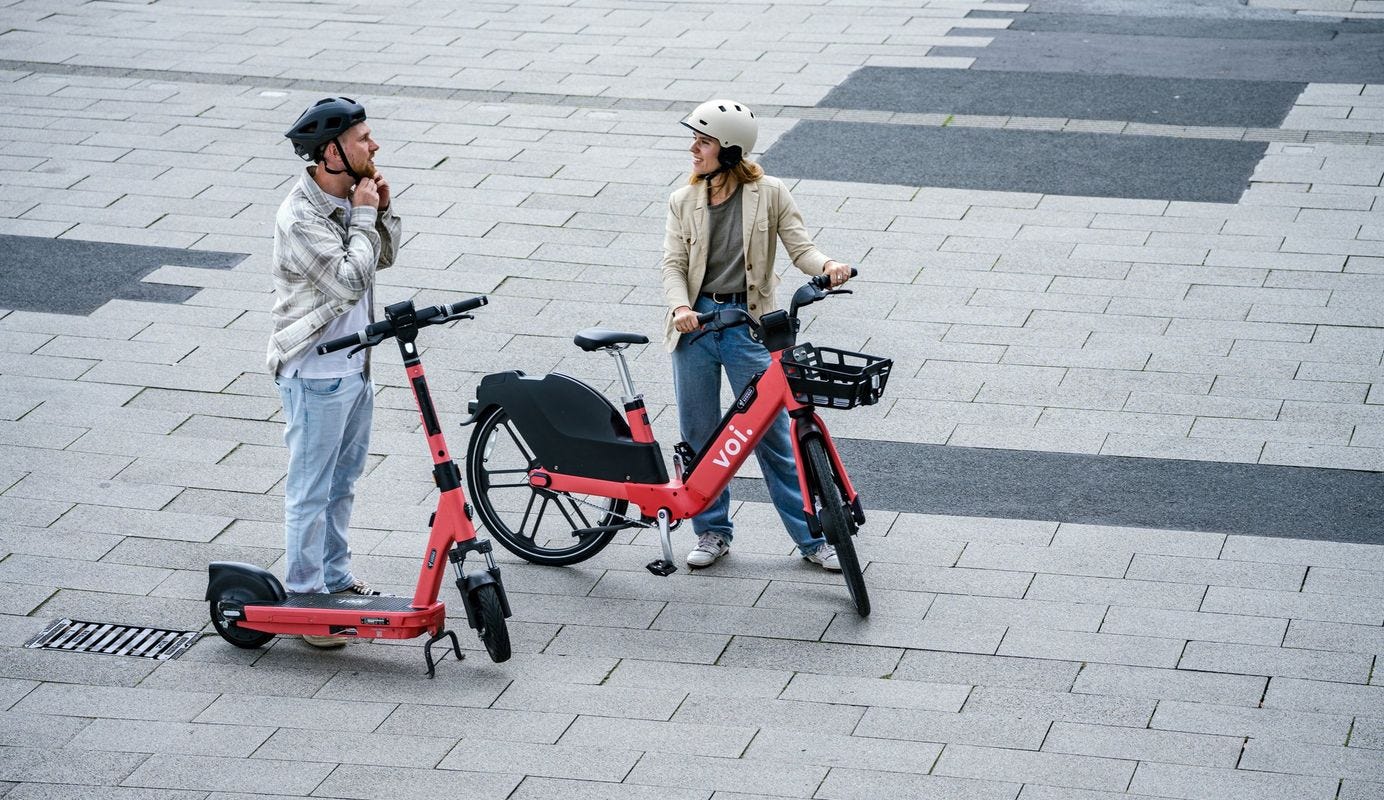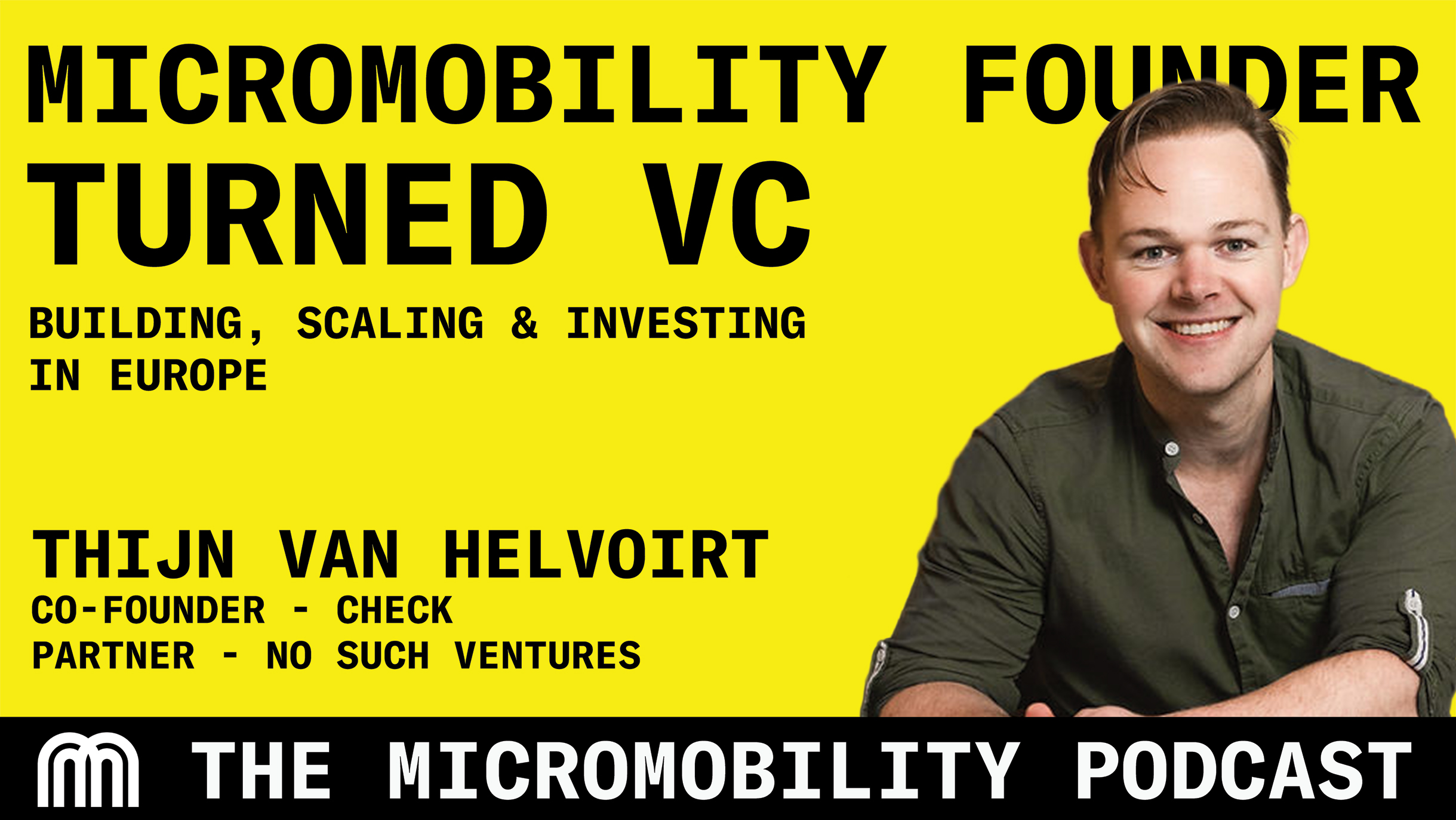The site of the Micromobility America conference is on these grounds in Richmond, CA. If you looked out from here in 1930 this is what you’d see. That’s Berkeley and Oakland in the background. The stock market had crashed 4 months ago and the Great Depression had just begun.

But within a year this is what happened here. This was the first car manufacturing plant on the West Coast. As you can see we’re in the “crane way” the building where the raw materials were unloaded using a crane, which you see above you now, from rail cars or ships to be built into cars along the assembly lines running north. You can see some of the cars coming out at the other end. The Craneway was designed by Albert Kahn who designed many of Ford’s plants using an innovative hacksaw design that created a lot of natural light and became known as a daylight factory.

The cars being made were the Model A, the follower to the Model T. A huge gamble for Ford and one made in the depths of a depression, leveraging the cash flow that was coming off the Model T. By 1934 the plant was running at capacity with 56,000 cars/year employing 2,500 local Richmond people.

But times change.
The US entered WWII and Roosevelt asked Ford to shut down Model A production to focus on building the Jeep and finalizing Sherman Tanks.

Ford accepted Roosevelt’s request and pivoted. The plant was converted to make the iconic Jeep. Throughout the war, 49,000 jeeps rolled off this line.

The Jeep was a brilliant design that could be modularized and broken down in a way that it could ship in standard sized crates. It then could be quickly snapped together on another continent.

The Craneway was used for final prep for other vehicles as well, especially tanks. Most were shipped to the Pacific front lines. Here is the view from where I’m standing looking east. As you can see many of the workers could have been the grandmothers or great grandmothers of those of us here today.

The rapid Jeep production and shipping allowed the US to blanket Europe with cars and created a strategic advantage for the Allies in troop mobility It is said the Germans were quoted as saying “the Americans are everywhere” in response to seeing the Jeeps around the continent.
Jeeps became so common around European battlefields that German troops were convinced every American soldier was issued his own and General Dwight D. Eisenhower listed it among the three primary tools that won the war: the Jeep, the Dakota, and the Landing Craft.
Jeeps of all configurations service with the Allied powers and were referred to as “America’s only real sports car” by Enzo Ferrari.
Final aside, the Jeep originally 1,300 pounds. Today, a Jeep Wrangler can weigh anywhere from 3,900 to 4,900 pounds. The lighter one helped win WWII. What does a Jeep Wrangler do today?

While the German automakers largely turned their nose up to Ford. Thinking of him as a hacker and not building finely crafted automobiles, Hitler and his team knew that Ford’s low-end entrant was most likely on to something. Hitler commissioned Ferdinand Porsche to build “the people’s car” in response to Ford. This would eventually become The Beetle and the founding of Volkswagen

Back to the Craneway, on top of the Jeep, a historic Bay Area entrepreneur, Henry Kaiser, asked Roosevelt how he could help during the war.
After the government first dismissed Kaiser as a construction entrepreneur, they ended up enlisting his help in building ships. Kaiser, who had never built ships before, took a first principles approach, understanding he had a deep water port, access to labor and steel and an innovative way of building things fast by learning from Ford’s assembly line.

And the plant was surrounded by four huge shipyards that built thousands of liberty and victory ships that were the backbone logistics for the war. One of these ships is visible on the way here from the ferry. One of Kasier’s biggest innovations he took from Ford’s assembly line was moving off of rivets and using a welding technique that allowed them to build ships much faster.

Kaiser and all the industrial work brought jobs for POC and women to the Bay Area. At this time the Fair Employment Practice Committee was created "banning discriminatory employment practices by Federal agencies and all unions and companies engaged in war-related work" and Richmond became a boom town for migrant labor

At its peak the Kaiser Shipyards could build a prefabricated ship in 7.5 days. An assembly speed record that still stands today! Over the course of the war they built and shipped over 1,000 vessels

The Craneway represents some of the most ambitious aspects of the US in the 20th century. The automobile, the warship and equal(er) opportunity of employment.
The Craneway is a great snapshot in time that is largely still preserved, although, now as a museum and event space instead of an industrial center.
We live in Ford’s world of the automobile and for good and bad, understanding the destruction it has created. We live in Kaiser’s world where shipping helped create globalization and put capitalism at the center of how we trade.

There is a good chance there will be a Ford or a Kaiser in the building when we host Micromobility America there on September 23rd. This person(s) will change transportation and the world like we can’t currently imagine. I’m certainly hoping they will be in this room, and I’m also convinced they won’t look like either of the Henry’s, and that is a good thing. Another source of inspiration is the Rosie The Riveter Museum right next door. Take a trip over there to see the potential we all hold inside.

Thanks to the Craneway Pavilion and the book, Richmond, CA (Images of America) for the majority of photos

.svg)
%2Bcopy.jpeg)


.svg)












